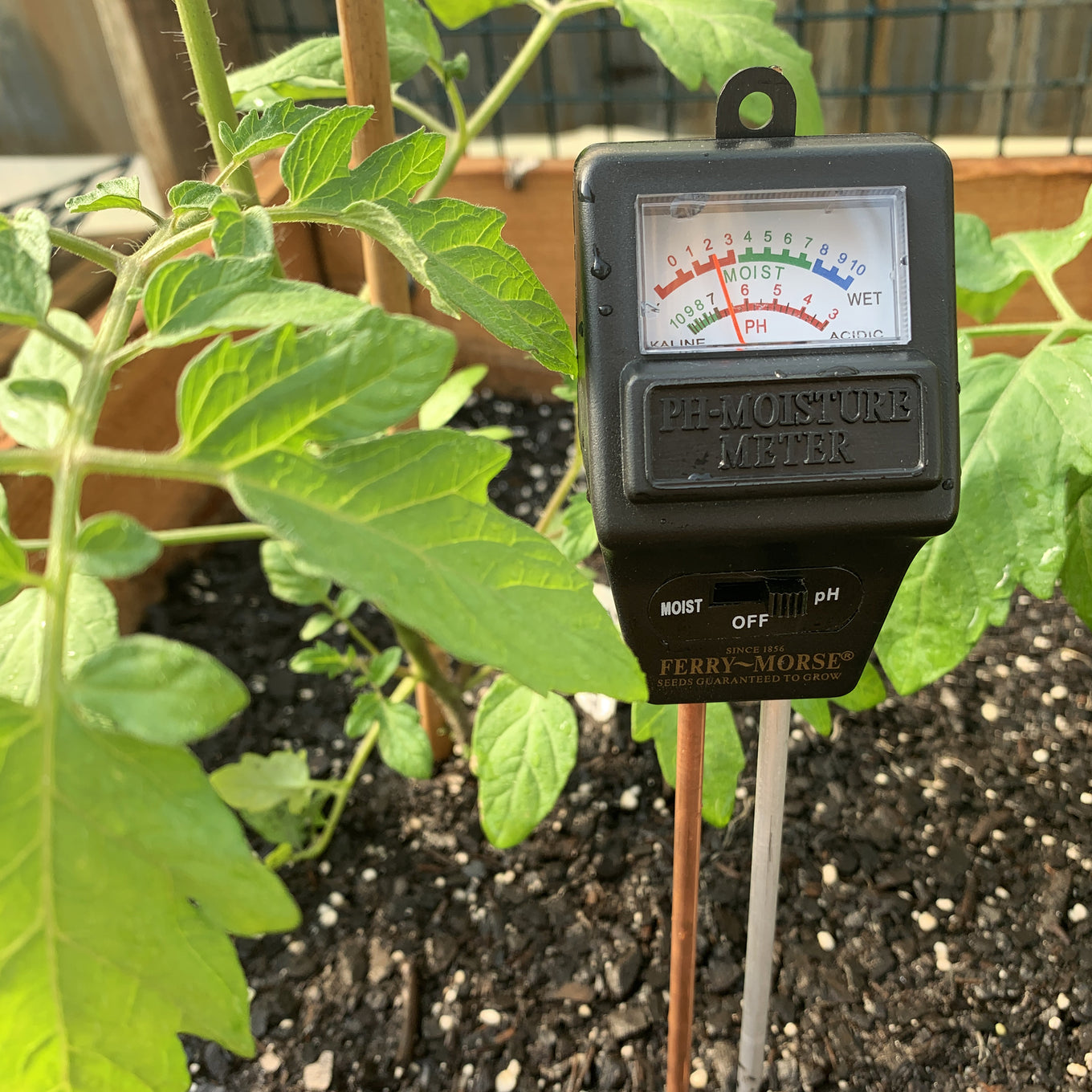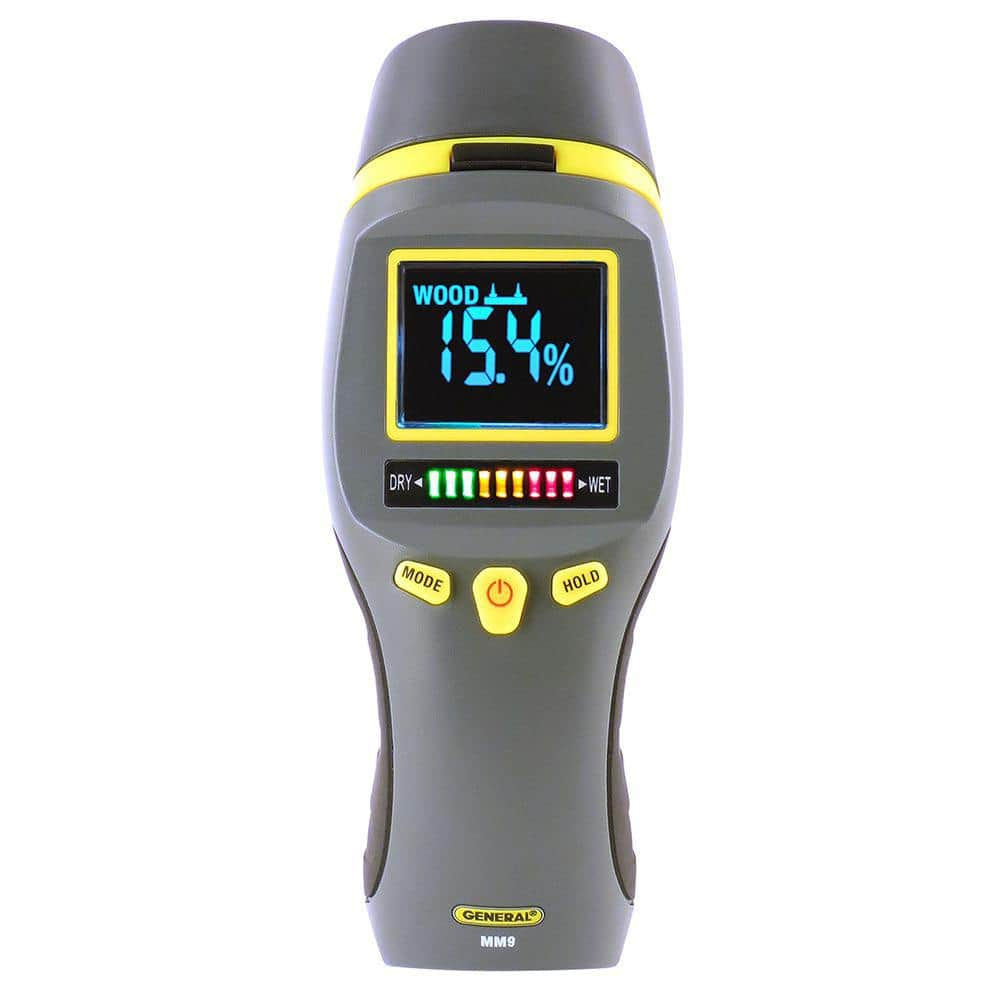Exactly How a Moisture Meter Can Improve Your Building And Construction Tasks and Avoid Damage
Exactly How a Moisture Meter Can Improve Your Building And Construction Tasks and Avoid Damage
Blog Article
Delve Into the World of Moisture Meters: Whatever You Required to Know
In the world of moisture meters lies a globe of precision and functionality that commonly goes unnoticed. These tools, while apparently straightforward, hold a wide range of details that can significantly impact different sectors and applications. Understanding how moisture meters run, the different types offered, and their varied uses can clarify their relevance in guaranteeing top quality and effectiveness. By checking out the complexities of dampness meters, one can reveal a beneficial device that goes beyond mere measurement, supplying understandings that can make a considerable distinction in various areas.
Exactly How Moisture Meters Work
Moisture meters run by measuring the electrical conductivity or capacitance of products to determine the dampness web content existing. These meters are important devices across different markets, including construction, agriculture, and woodworking. By utilizing different approaches such as pin-type or pinless modern technology, moisture meters provide exact readings that help professionals make informed choices.
Pin-type dampness meters function by inserting the sharp pins right into the product being checked. The electrical conductivity between the pins is after that measured, with greater moisture degrees causing increased conductivity. Moisture Meter. On the other hand, pinless dampness meters use electro-magnetic signals to scan a bigger location without triggering any type of damage to the product's surface area. These meters are ideal for quickly analyzing moisture degrees in huge areas or finished products.
No matter the approach used, moisture meters play a crucial role in preventing problems such as mold growth, structural damage, or item issues caused by excess moisture. Understanding just how these meters job is essential for making sure the quality and honesty of products in numerous applications.
Kinds Of Moisture Meters
Given the crucial duty dampness meters play in different markets, it is important to understand the different kinds readily available to experts for accurately evaluating moisture levels - Moisture Meter. There are primarily two main kinds of wetness meters: pin-type and pinless wetness meters

On the various other hand, pinless dampness meters utilize electro-magnetic sensing unit plates to check a larger location of the product without creating any type of damages. This type is appropriate for swiftly scanning large locations and is frequently utilized for floor covering, walls, and ceilings. Pinless meters are practical for taking readings on finished surfaces without leaving any type of visible marks.
Both sorts of moisture meters have their benefits and are chosen based upon the particular demands of the work handy. Recognizing the differences in between these kinds is vital for professionals to make precise dampness evaluations.
Applications Throughout Industries
Construction specialists rely on moisture meters to examine the dampness levels in structure materials like wood, drywall, and concrete, which is crucial for maintaining structural honesty and protecting against issues like rot or mold and mildew. The flooring market makes use of moisture meters to measure the wetness web content in subfloors before setting up various flooring treatments, protecting against pricey damages due to excess dampness. In the food industry, moisture meters are utilized to check and regulate moisture degrees in products such as grains, nuts, and dried out fruits to preserve quality and top quality.
Tips for Utilizing Wetness Meters
When measuring the dampness material in numerous products,Utilize the wetness meter's calibration setups to make sure precise readings. Calibration is essential for the proper functioning of a moisture meter. Before each use, it is suggested to examine and change the calibration settings according to the certain product being examined. Additionally, make certain the meter is set to navigate to these guys the proper moisture range for the product you are measuring to obtain one of the most exact outcomes.
When utilizing a pin-type wetness meter, insert the pins to the suitable depth recommended for the material being tested. This ensures that the wetness readings are drawn from the proper depth within the product, providing a much more accurate representation of its moisture web content. For pinless dampness meters, remember to keep appropriate call with the product's surface area to obtain reliable readings.
Routinely check and change the batteries in your dampness meter to stop inaccurate readings due to low power. Store the meter in a secure and completely dry place when not being used to extend its lifespan and maintain its accuracy. By following these pointers, you can make best use of the performance of your moisture meter and acquire specific go to website wetness content measurements across different products.
Maintenance and Calibration
To guarantee the accuracy of moisture material measurements, normal maintenance and calibration of the wetness meter are vital actions in its appropriate performance. Maintenance involves maintaining the wetness meter cost-free and tidy from particles that could influence its analyses. It is necessary to adhere to the maker's standards for cleaning up to stop damages to the tool. Additionally, normal calibration is necessary to confirm the precision of the readings. Calibration adjusts the wetness meter to guarantee that it gives trusted and consistent outcomes.
Calibration needs to be done periodically, particularly if the moisture meter is utilized frequently or in crucial applications where specific measurements are needed. Several moisture meters feature calibration tools or can be adjusted by specialist services. Moisture Meter. It is recommended to maintain a log of calibration days and results to track the efficiency of the dampness meter over time. By adjusting the wetness and keeping meter frequently, users can rely on the accuracy of the moisture material measurements gotten.
Conclusion

In conclusion, moisture meters play a critical duty in numerous industries by properly measuring the wetness material of materials. Understanding how these devices function, the various kinds available, and proper maintenance and calibration are essential for getting dependable outcomes. Whether her explanation in construction, production, or farming, the usage of dampness meters assists make certain top quality control and performance in procedures.

In final thought, moisture meters play an essential role in different sectors by accurately gauging the wetness web content of materials.
Report this page